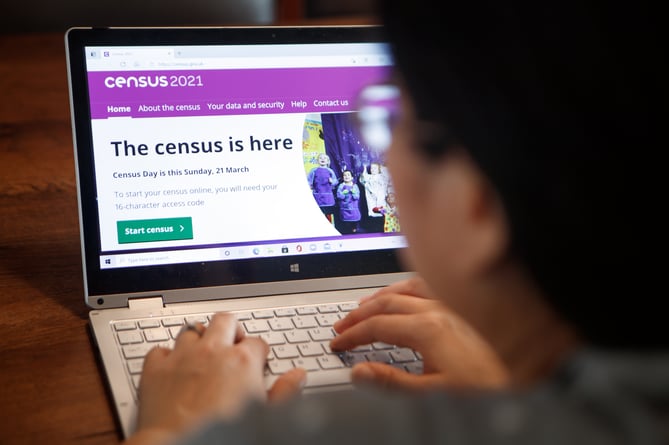The first tranche of census data results has been crunched by the Office of National Statistics, and point to an aging population in mid Wales. But not only are we getting older, there are also fewer of us.
On census day, 71,500 people were living in Ceredigion – down 6 per cent from 75,922 in 2011. In Gwynedd, there were 117,400 people – down 4 per cent on 2011. Powys recorded a slight increase on a decade before.
As it is, it doesn’t take a mathematical genius to figure out that as costs increase to maintain our local services, our roads, our social programmes and our schools, our local council tax bills will also go up — they only ever go one way after all! That means fewer paying more.
The data collected is used by governments at every level to make planning decisions that impact us all. Where hospitals should be built. Where roads should be improved. Where schools need new classrooms and new resources.
The reality is that this region will fall farther down the pecking order in the fight for resources from both the Senedd and Westminster. Levelling up will simply mean nothing — if it ever did.
That is a hard pill to swallow — more so if you consider that census day was 21 March last year. Were the census to be held on a summer’s day, when the population of this region is greatly increased by the holiday-makers using the all-too-many second homes, chalets, pods or caravans, the results would have been far different. We would be placed in a far stronger position to say that we need more resources.
If ever there was a case for our local governments to use the full range of taxation powers at their disposal to levy on second-home owners, this disparity in population data is pivotal. And review too the definition of second homes — those who throng to caravan parks must share the burden even their seasonal usage places on our finite and failing resources.
Our local and health authorities must prioritise our aging population’s needs for home care and medical care. The release of census data coincided with reports showing wait times for procedures such as hip and knee replacement rates are longer than ever.
Fewer people. Older people. Longer waiting times. A lack of long-term care beds. Fewer taxpayers. Higher tax bills... go figure!
It just doesn’t add up.




